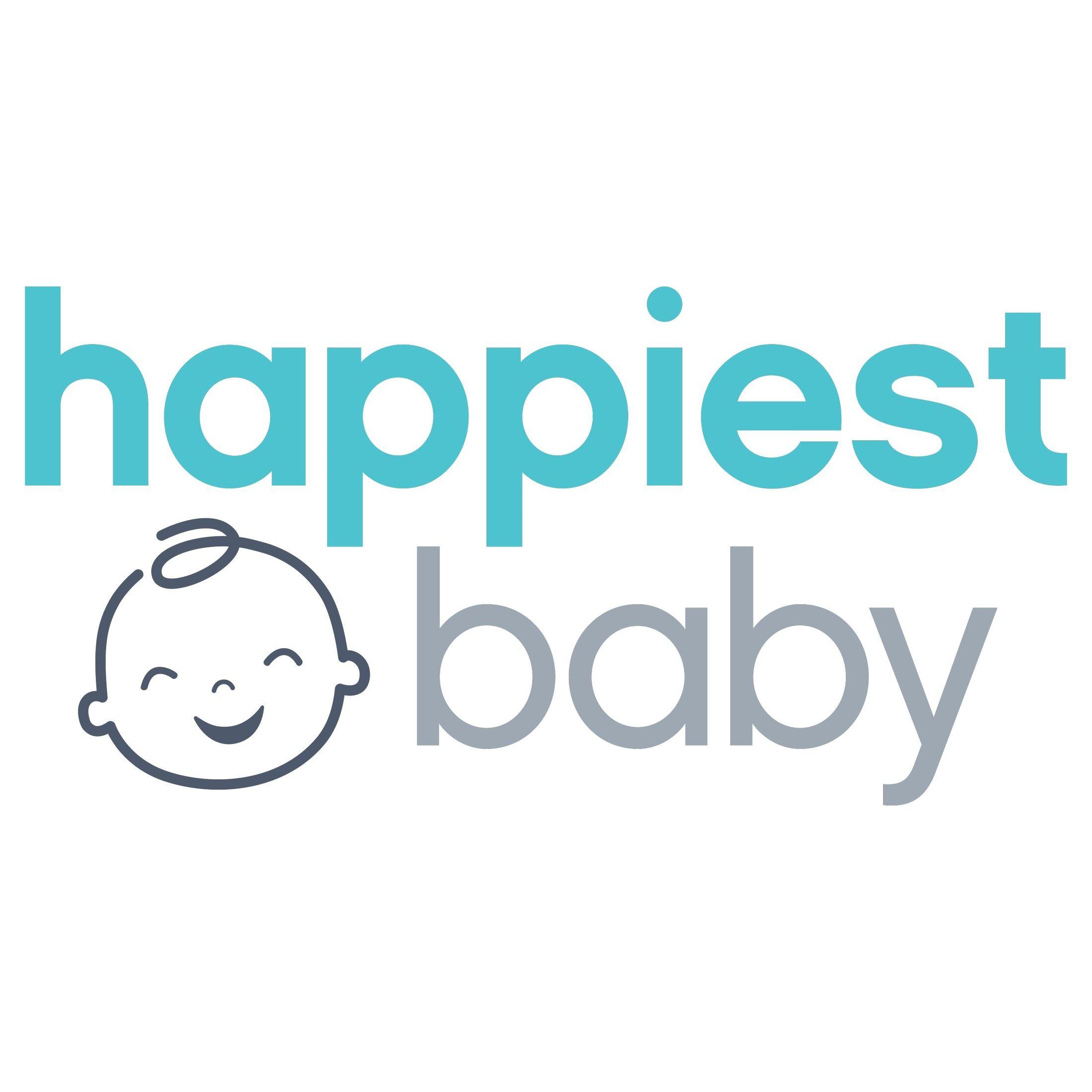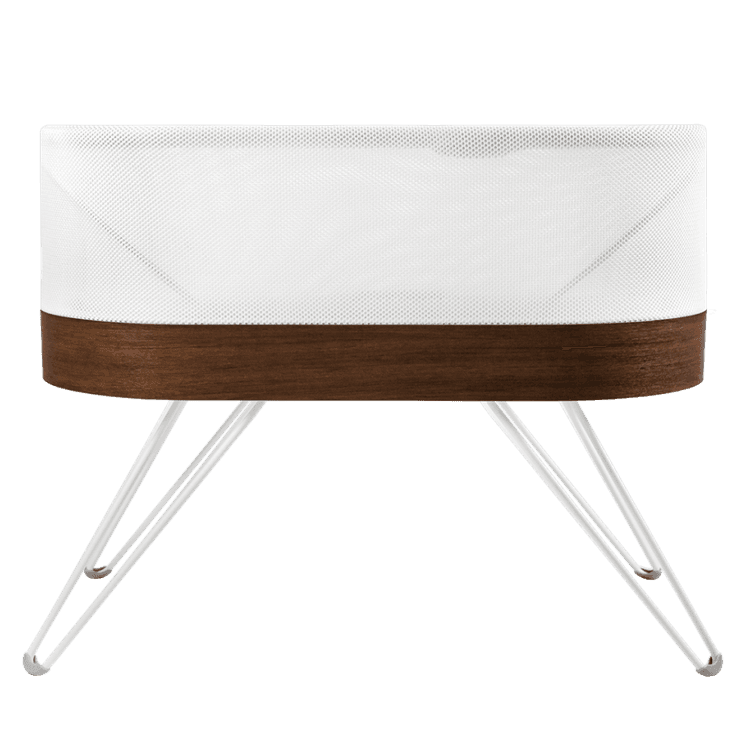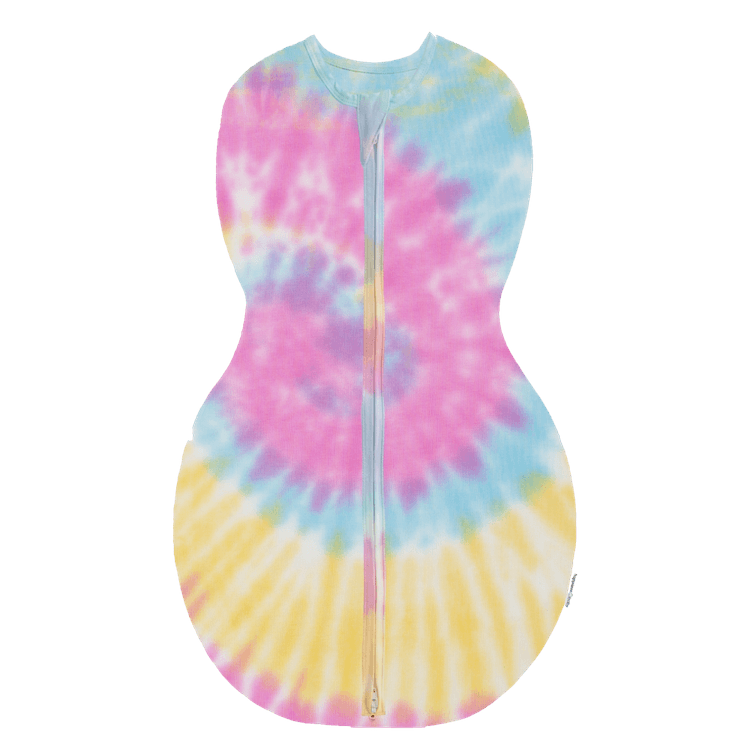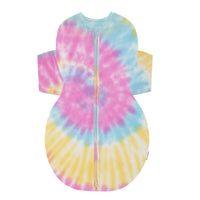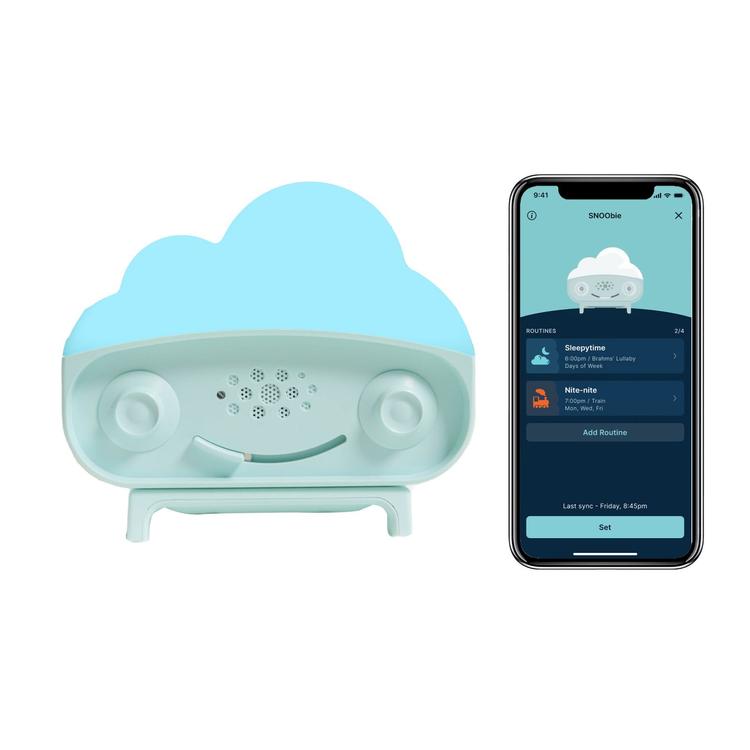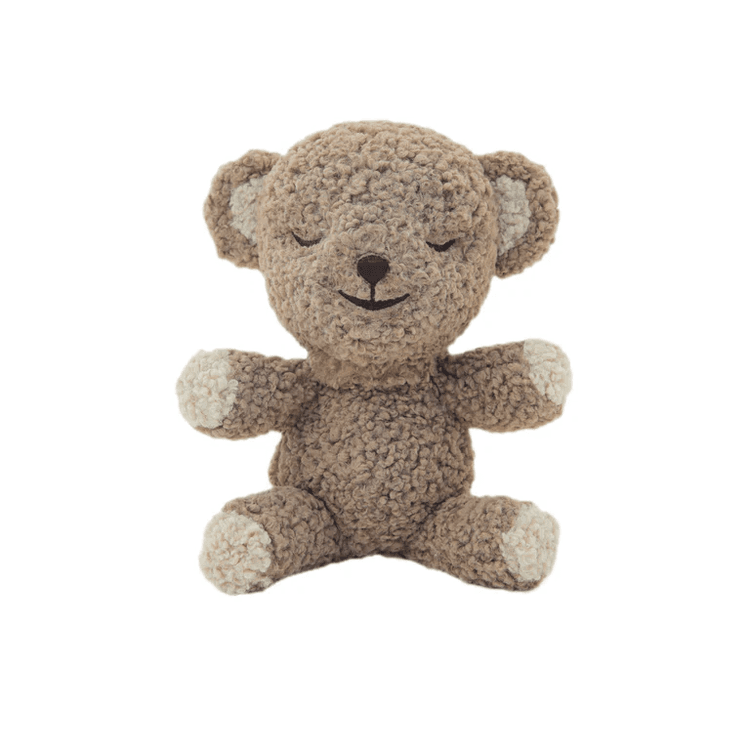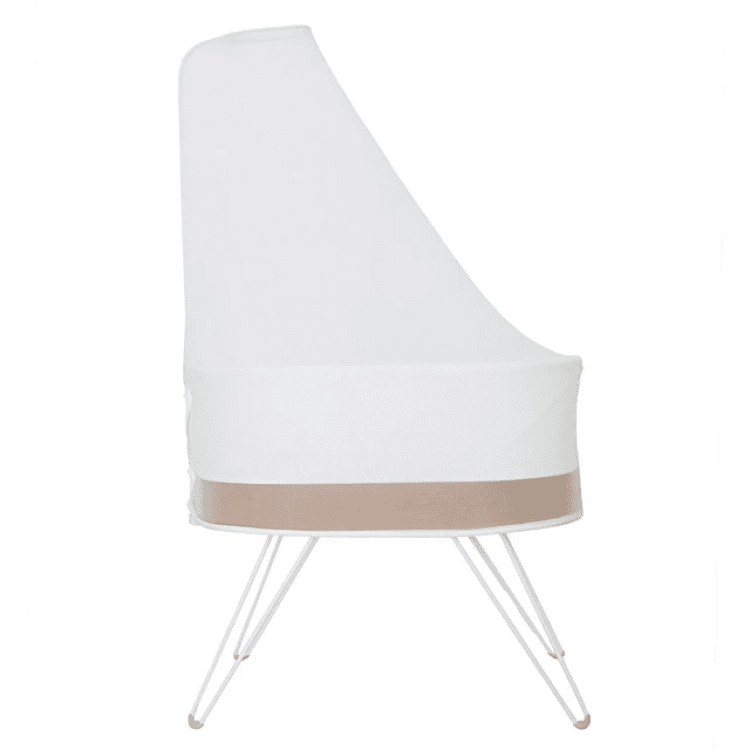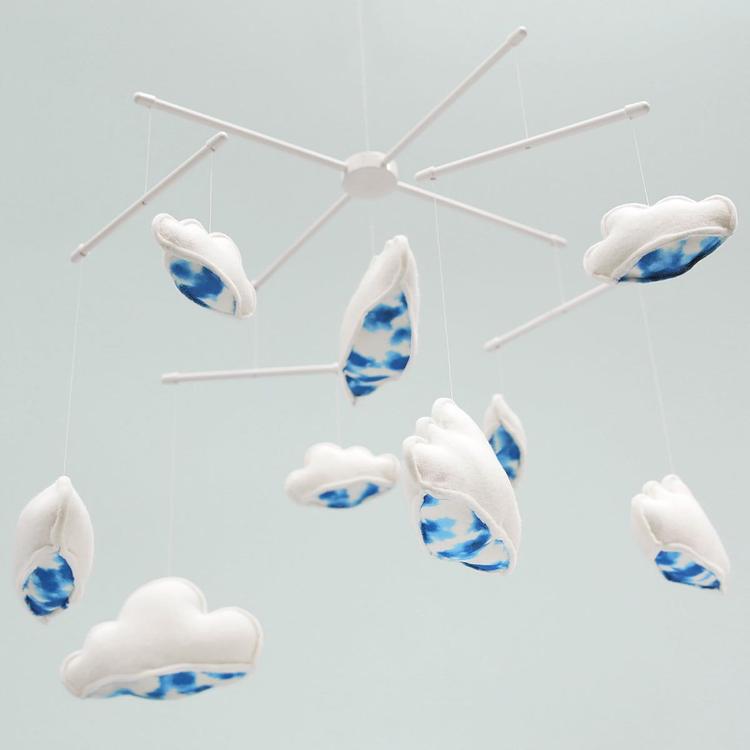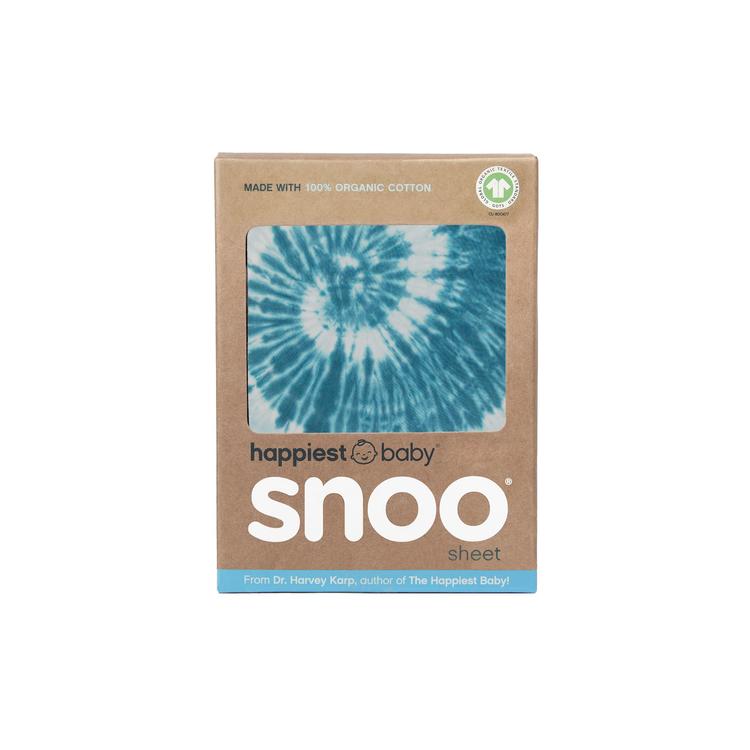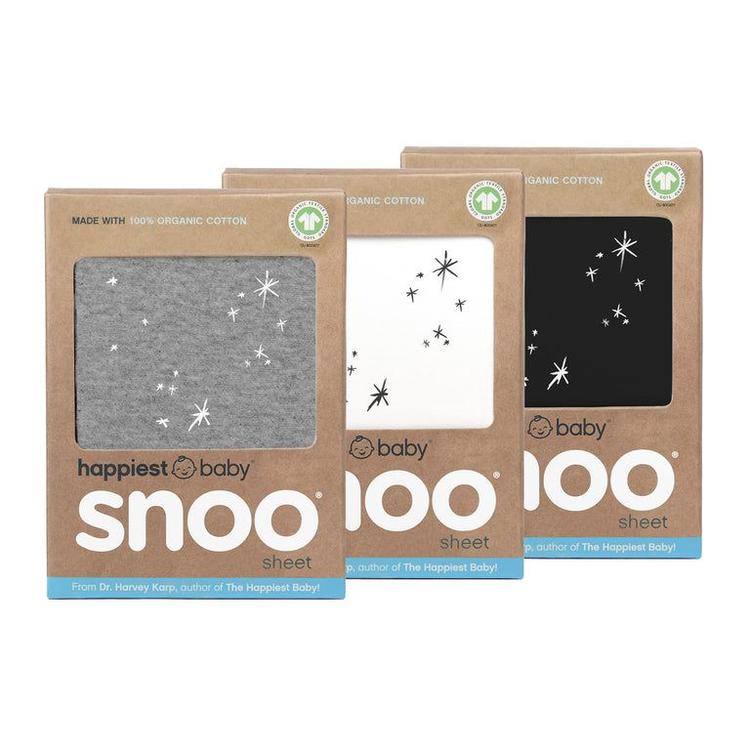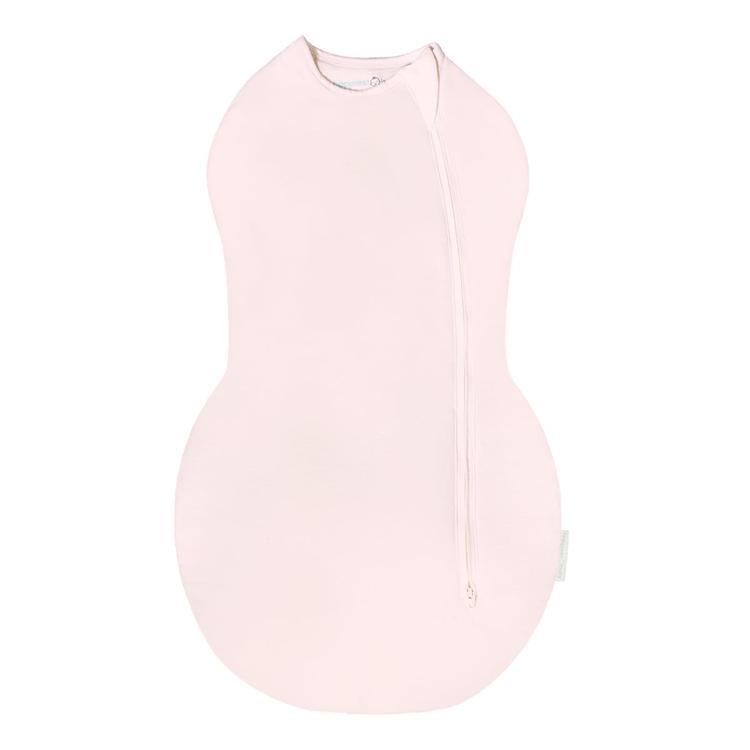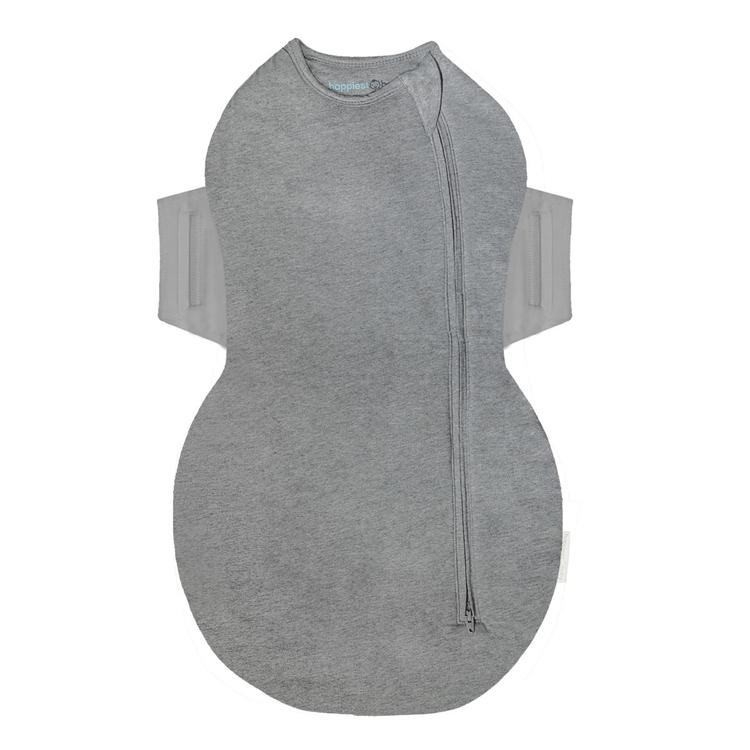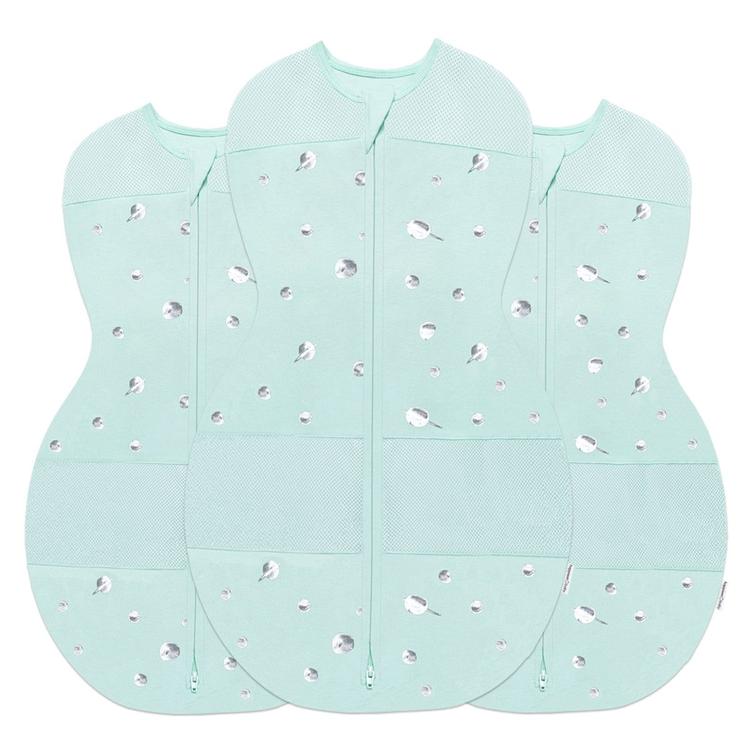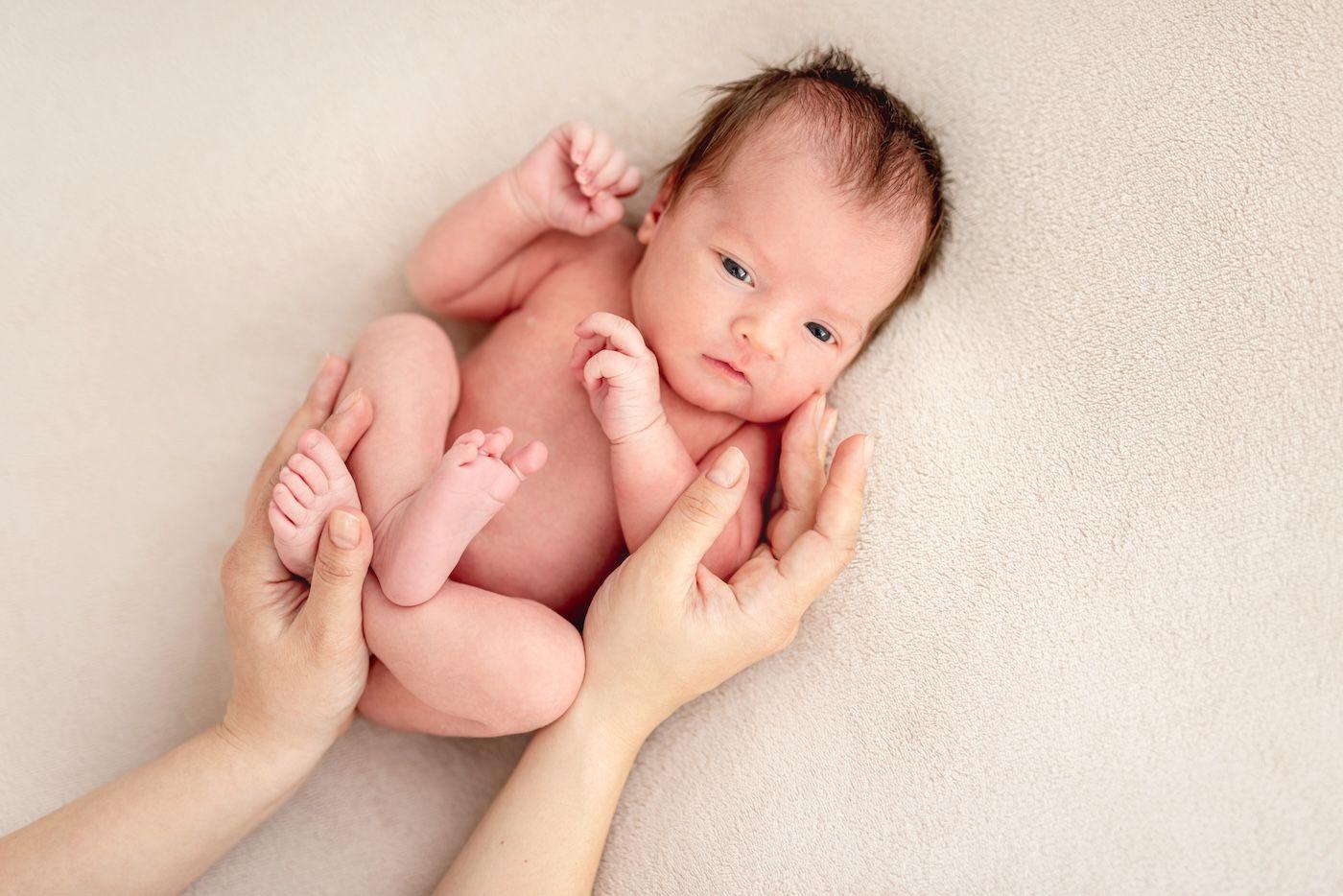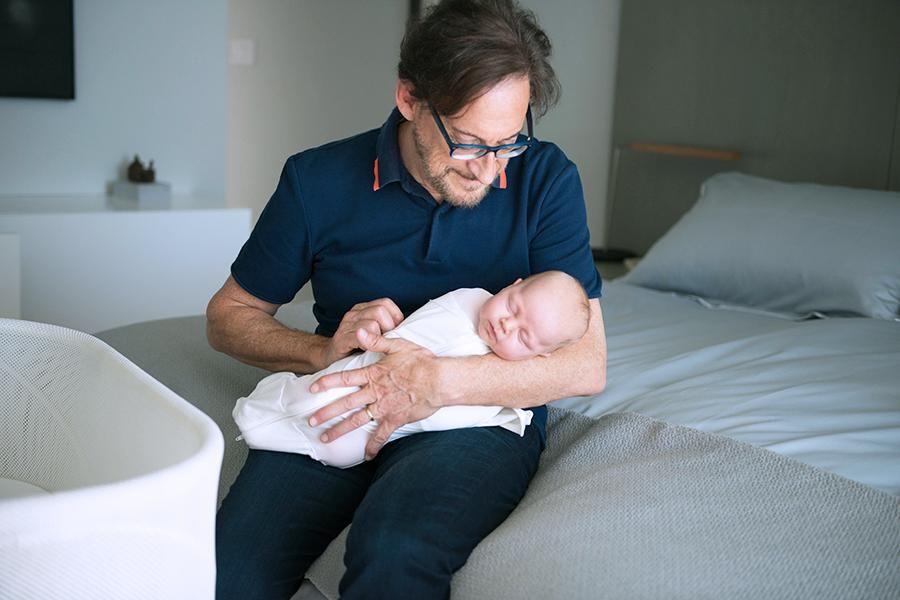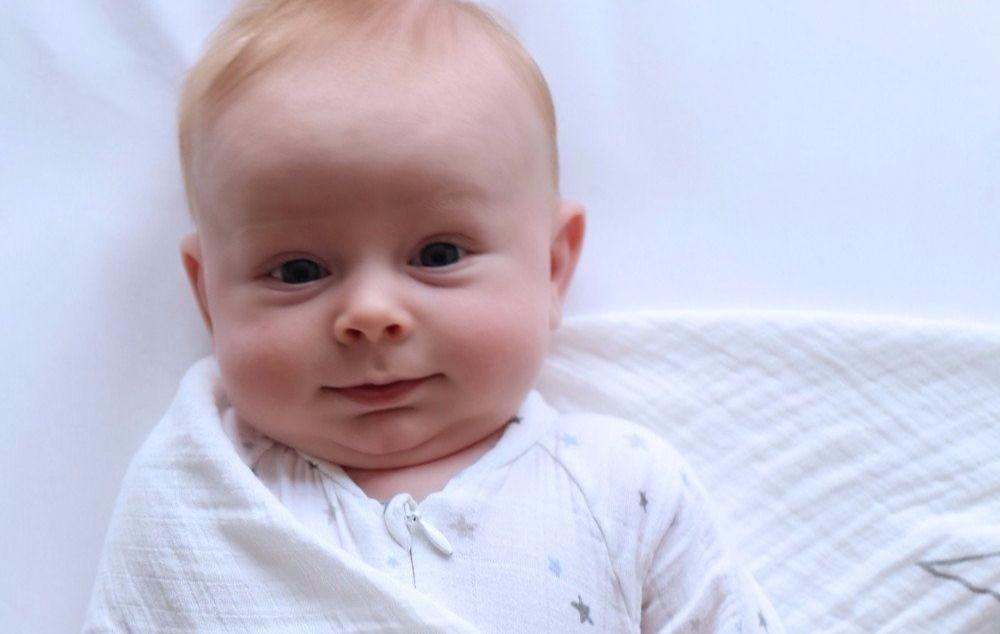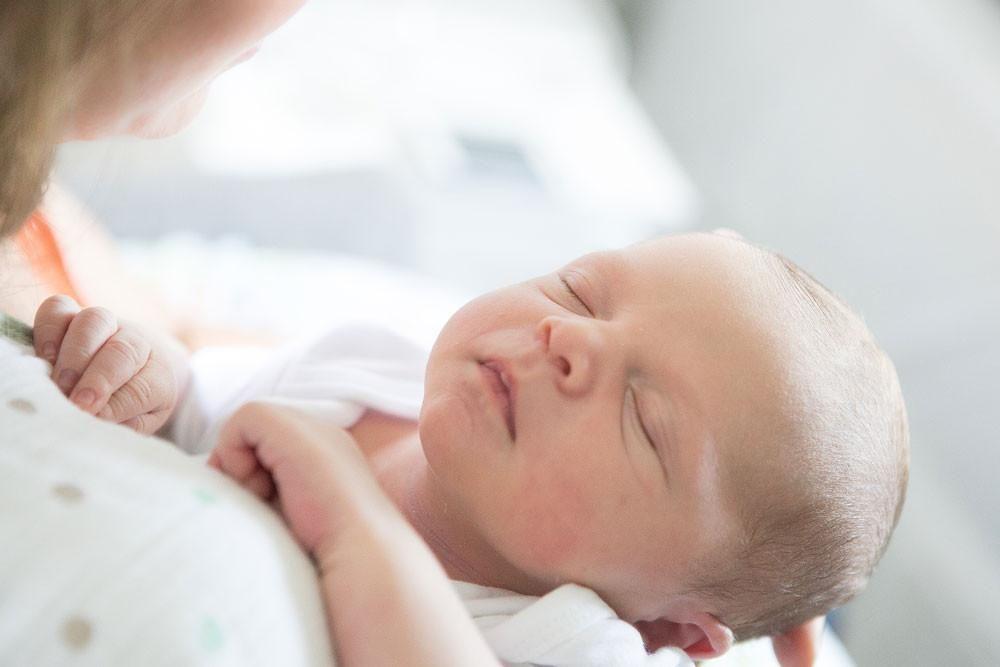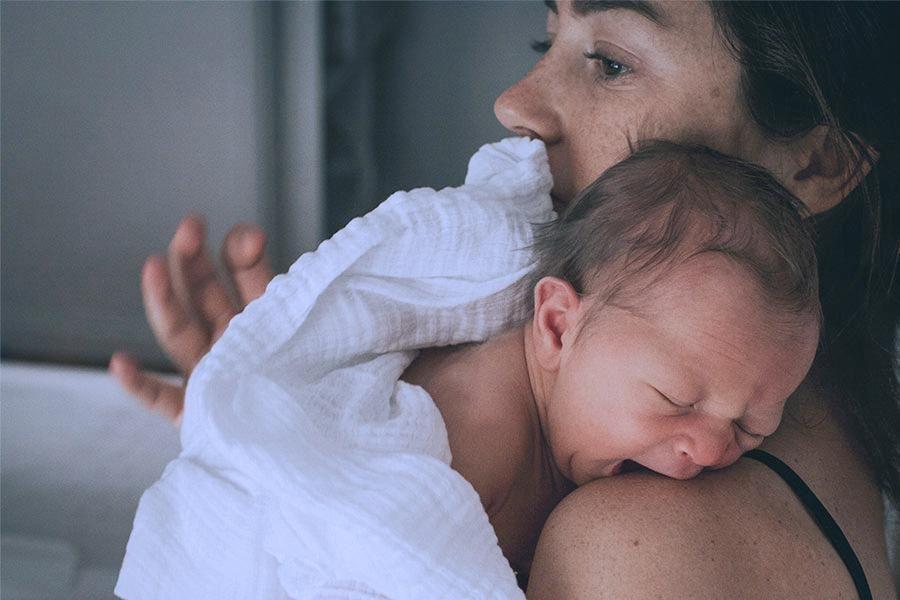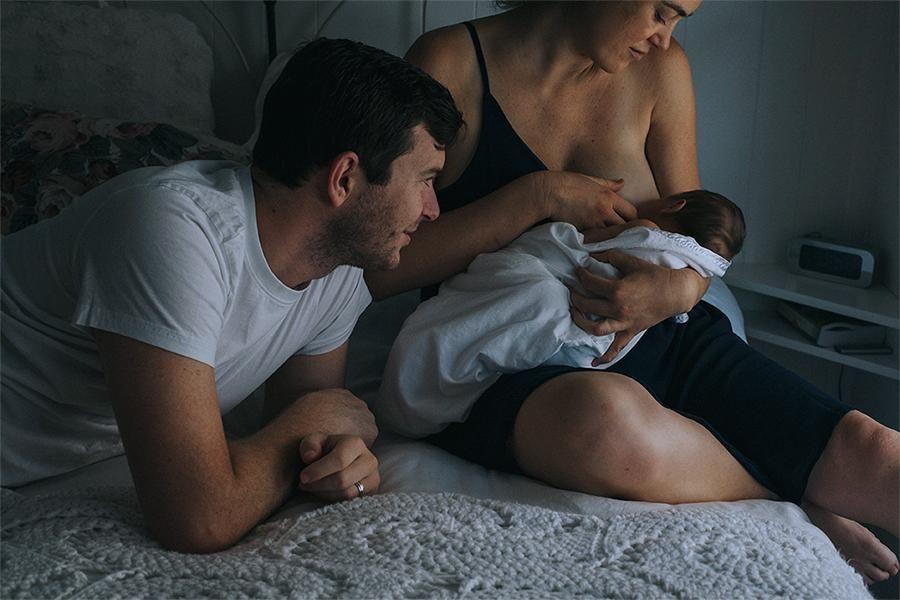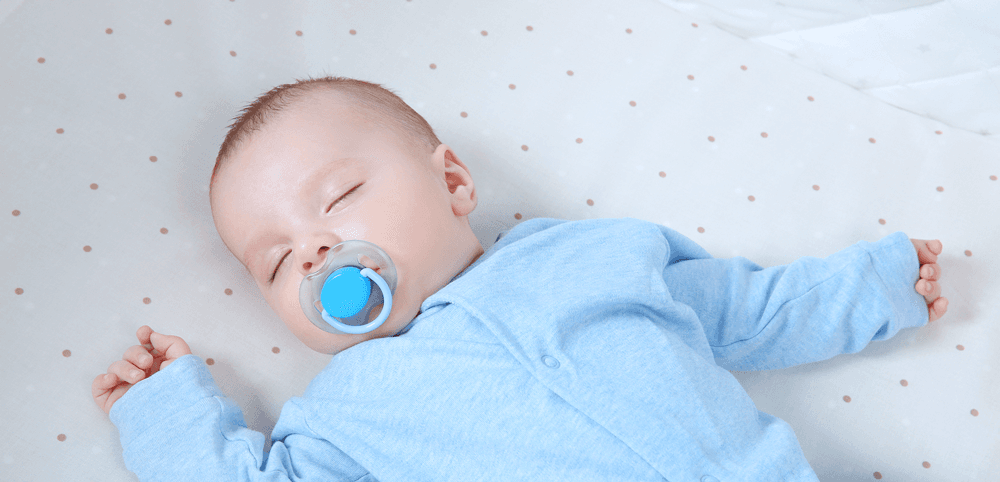Caring for a newborn can be overwhelming no matter the season. But when the season is winter, well, that adds a whole other (warm and wooly) layer of stress to the situation! The threat of icy temperatures, slippery sidewalks, germy strangers, and whipping wind is enough to keep any new parent and their brand-new baby in hibernation till spring. But there is no need! From the common cold to cold temperatures, here is how to keep your newborn safe and healthy all winter long.
Newborn Winter Care Tip No. 1: Prevent Dry Skin
A newborn’s skin barrier is thinner and weaker than big kids’, making them more susceptible to the dry, itchy, scaly skin that often goes hand-in-hand with winter’s cold temperatures, low humidity, and dry indoor heat. To help keep your newborn’s delicate skin protected, only give baths every three days. (Water works to further dry your baby's skin.) Keep the tub temperature around 38 degrees Celsius and take your newborn out by the five-minute mark. (Older babies can bump it to a 10-minute bath—but no longer!) After you gently pat your nugget dry, apply a fragrance-free moisturiser all over. Know that goopy, ointment-like moisturisers do a way better job locking in moisture than creams. Reapply often!
Newborn Winter Care Tip No. 2: Don Not Crank the Heat
Set the thermostat to between 20 and 22 degrees Celsius...and no higher! While you naturally want to keep your baby cosy and warm during the winter, turning the heat up too high is not a good idea. Yes, your newborn’s skin can dry out, but more importantly, your baby could overheat, which makes them uncomfortable, disturbs their sleep...and raises their risk of infant sleep death (SIDS). In fact, infants are at higher risk of cot death during the winter. The best way to keep your infant safe and warm during sleepy-time is to dress them in only one layer more than you are wearing. (A nappy is not a layer.) Cotton or muslin pyjamas coupled with a lightweight swaddle blanket or sleep sack made with breathable mesh, like Sleepea 5-Second Swaddle, is a smart combo. And remember: Keep all loose blankets out of your baby’s sleep space and always put your baby to bed on their back.
Newborn Winter Care Tip No. 3: Enjoy the Outdoors This Way
Newborns do not have the ability to regulate their core temperature; they lack the shiver reflex to up their body heat in the cold; and they do not have enough fat to do it either. But that does not mean you and yours should stay inside all season! Getting outside with your baby is important. In fact, spending a mere 20 minutes in nature is enough to improve well-being—something all new parents could use—according to a 2019 study. Plus, babies who spend time outside exposed to natural light, sleep better than babies who do not. Simply follow these rules:
- Check the temperature. If it is below freezing outside, limit your newborn’s outdoors time to quick jaunts, like to and from the cosy car.
- Embrace layers. Newborns and babies need several layers of clothing to keep them warm and snuggly. Start with a long sleeve cotton bodysuit, then add soft pants, socks, and a sweatshirt or sweater. According to the World Health Organization (WHO), it is often best to dress your infant in one to two more layers than you are wearing. (And, if your baby gets too warm, simply peel a layer off.)
- Bundle up! If you are wearing a winter coat, your newborn should be in a coat or snowsuit. And since your newborn’s ears, hands, and tootsies are most at risk for frostbite, always ensure that they are covered.
- Add a blanket. Out and about in the stroller? Tuck a blanket around your newborn or use a stroller bunting.
- Wear your baby. With baby carriers, your own body heat helps keep your nugget warm, so that extra sweater or sweatshirt likely is not needed. Just be sure to keep your baby’s head and feet covered and cosy, since babies lose a lot of heat there. And continue to check on your newbie, making sure their face is not pressed against your chest...or their own. (Baby’s neck should be straight and their chin up.)
Newborn Winter Care Tip No. 4: Be Car Seat Smart
So you know how you just bundled your baby up? If you are about to buckle them into the car seat...now it is time to unbundle. As a general rule, bulky winter coats and snowsuits should not be worn underneath the harness of a car seat, notes Child Car Seats. You see, the force of a car accident will immediately flatten the poufy padding of your baby’s snowsuit, leaving extra space under the harness, endangering your precious little one. No matter what baby is wearing, if you can pinch the straps of the car seat harness, it needs to be tightened to fit snugly against your cutie’s chest. And to keep them warm on your journey, secure your baby into the car seat, then place a blanket on the lower part of their body. But be sure to take it off once the car warms up, so as not to cause your wee one to overheat.
Newborn Winter Care Tip No. 5: Know the Warning Signs
It is a delicate balance between making sure your baby is not too cold...or too hot with all the winter bundling! Touch your child's ears and neck. If their ears are red and hot and their neck is sweaty, your baby is too warm. Try taking off a layer of clothes; offering breastmilk or formula; and sponging your bub down in lukewarm or cooler water. If symptoms do not improve, however, contact your paediatrician. To gauge if your tiny tyke is too cold, put your hand on their back, chest, or belly. If your baby feels cool to the touch, warm them up by adding another layer of clothing. But if you suspect that your too-cold baby has moved into the dangerous territory of frostbite, apply a warm washcloth to your baby’s chilly ears, nose, or lips for a few minutes; dry your baby off; swaddle them; then offer warmed breastmilk or formula. And, again, call your paediatrician if your baby’s symptoms do not change.
Newborn Winter Care Tip No. 6: Keep Germs at Bay
For newborns, the best prevention against the common cold is to keep away from folks who are sick and sniffly. While the common cold is often a mild illness for a big kid, it can quickly cause serious problems, such as bronchiolitis, croup, or pneumonia, in an infant. If your baby is 3 months or younger, call the paediatrician at the first sign of illness. And help keep your newborn cold-free, by doing the following:
- Breastfeed if possible. Breast milk can give your newborn a head start in preventing and fighting infections, according to the WHO. Mother’s milk contains antibodies, proteins, fats, sugars, and even white blood cells that can fight infection...and even small amounts supplemented with formula can help.
- Wash hands. Do it often and insist visitors do too.
- Avoid crowds. While it is fine to go out with your newborn, you want to avoid crowds where there may be coughing and sneezing.
- Vaccinate. Make sure the adults and children around your newborn are up-to-date on their pertussis (whooping cough) vaccine, flu shots, and COVID-19 shots, if applicable.
- Limit visitors. With a newborn, it is important to reduce your guests to very close family and friends. And, if possible, keep your newborn’s contact with older kiddos to a minimum.
For more help keeping your winter safe, healthy, and fun for all, check out these articles:
